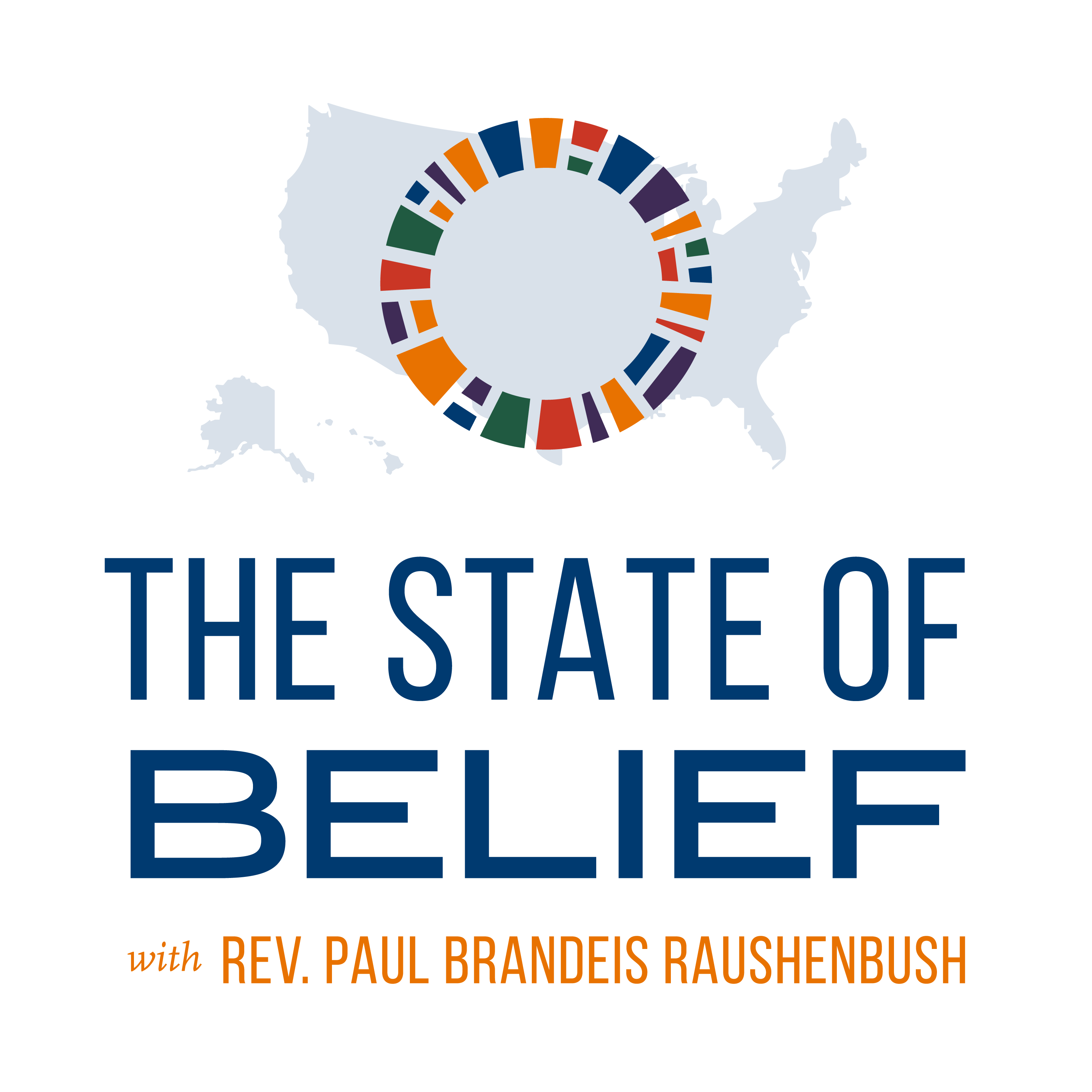Public officials and elected leaders are entitled to their personal religious beliefs. However, those beliefs become a problem when they become public policy, forcing a certain brand of religion on the rest of us. This week on State of Belief, Interfaith Alliance’s weekly radio show and podcast, we’ll discuss how Secretary of State Pompeo has taken it upon himself to use the United States State Department to bring about the end of times. We’ll also take a look at the swastika’s evolution from a Buddhist symbol to instantly-recognizable white supremacist insignia and examine the legacy of The Rev. Dr. Martin Luther King, Jr. in the Trump era.
Traditionally marking Martin Luther King, Jr. Day, a celebration of the groundbreaking civil rights leader’s life and legacy, often involves looking at how far this country has come in the last 50 years. Yet, with the drastic increase of overt racism in the past two years, it’s also important to be realistic about that progress. For example, even though King Day became a federal holiday in 1983, some states took longer to recognize the holiday. South Carolina didn’t recognize the holiday until 2000 and three states – Alabama, Arkansas and Mississippi – also still observe the day as Robert E. Lee Day. This week, State of Belief host Rev. Welton Gaddy will sit down with the Rev. Michael-Ray Mathews, deputy director of Faith in Action and president of the Alliance of Baptists’ Board of Directors, to discuss the Theology of Resistance and what we can learn from Dr. King in 2019.
Secretary of State Mike Pompeo is not shy about discussing his religious beliefs. He openly believes in the coming of the end of days and that devout Christians have an integral role in bringing about the rapture and subsequent apocalypse. Are his beliefs influencing his foreign relations and policy decisions? We’ll get insights from Financial Times journalist Edward Luce, who’s recent piece is headlined, “Pompeo’s Global Rapture Tour.”
The swastika, for thousands of years, was used by Hindu, Buddhist and Jain communities to bring good luck, safety and peace. But, less than 100 years ago, it was co-opted by the Nazis to symbolize racial purity and Aryan nationalism, and that’s still how it is widely viewed today. To understand how a religious symbol of good luck and well-being became a worldwide symbol of hate and terror, Welton will speak with the Rev. T. K. Nakagaki, a prominent Buddhist and interfaith leader, on his new book, The Buddhist Swastika and Hitler’s Cross: Rescuing a Symbol of Peace from the Forces of Hate.




